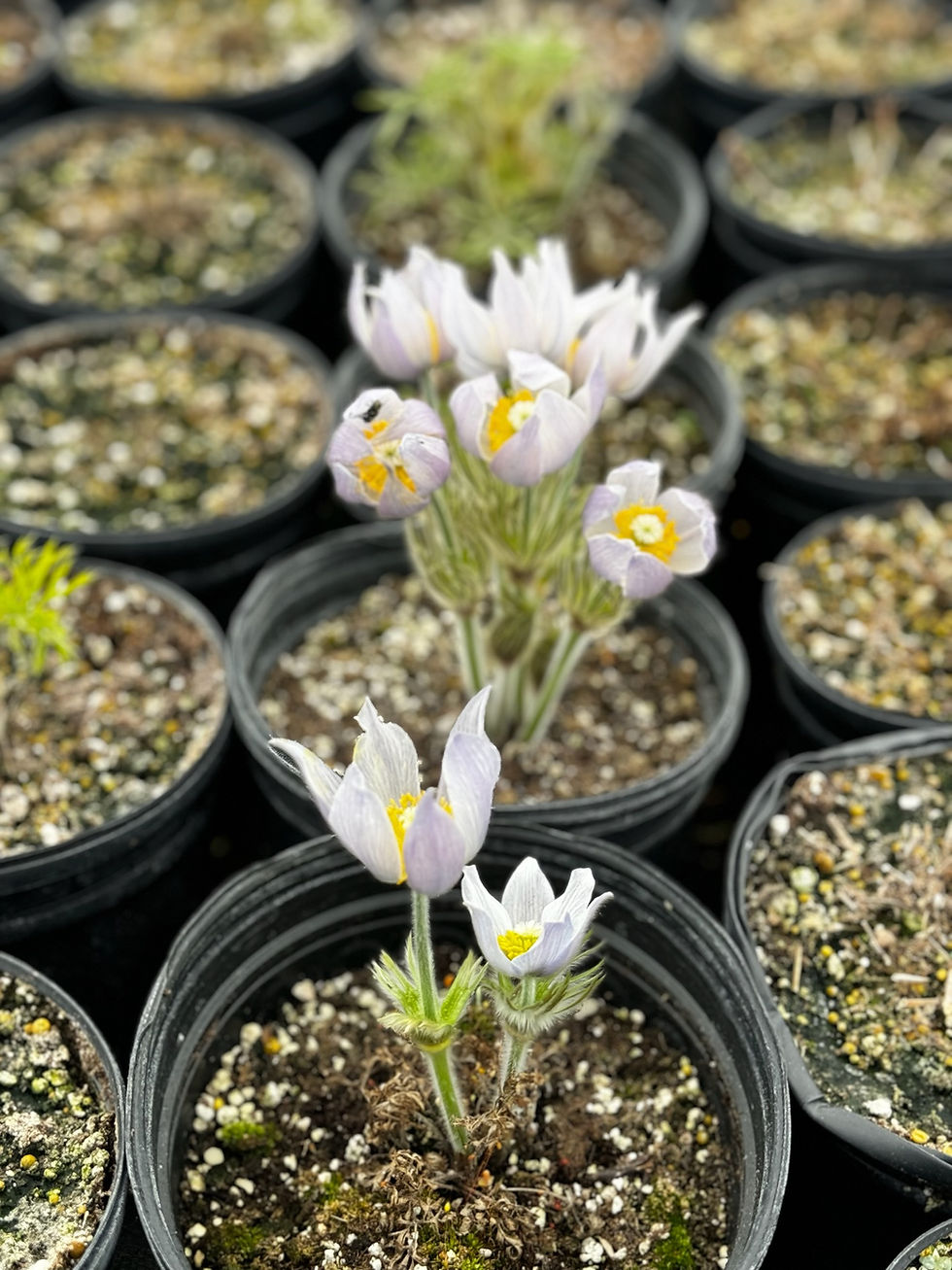Featured Plant: Scouler’s Willow
- Aimee

- Mar 8, 2024
- 2 min read

Meet one of our newest additions here at Great Bear: Scouler's Willow (Salix scouleriana) also known as Western Pussy Willow! You may know it as the willow with soft furry catkins that kids love to collect; or recognize it from floral displays. Here in Western Montana, it is one of the earliest flowering species. This upland willow is found primarily in the forests of North America. It is widely distributed, from Western Canada down into the Western United States and Mexico.
Scouler's willow thrives in riparian communities and floodplains but can also tolerate drier conditions compared to most of our other native willows. Here in the Bitterroot Valley, you can find it growing in areas regenerating from wildfire such as the Roaring Lion drainage.

Photo by Matt Levin (CC BY-SA 2.0 DEED)
Scouler’s Willow grows up to 30 feet tall and has gray-green bark. The leaves are dark green and shaped like ovals, clustering at the ends of branches. Before sending out tender green leaves, this willow produces silvery-gray, furry catkins that steal the show. In the height of spring, the catkins bloom into small capsules that open up and release tiny, white seeds carried through the air by their coating of white fluff. It's pretty amazing!
Photo by Matt Levin (CC BY-SA 2.0 DEED)
Scouler's willow is a favorite among domestic livestock and wildlife! The leaves, twigs, bark, and seeds are used as browse. In Ponderosa Pine forests, mule deer, white-tailed deer, elk, bighorn sheep, moose, and domestic livestock often prefer Scouler’s willow to other native browse, especially in the cold winter months. Beyond providing a food source to game animals, Scouler's willow provides nesting habitat for upland game birds, ducks, and other birds.
This plant is highly recommended for riparian revegetation projects due to its ability to add stability to eroding banks on drier sites above rivers. It also responds well to both fall and spring burning. This species is sometimes called "Fire Willow" because of how it rapidly establishes in burned areas - as mentioned before you can find it growing in the Roaring Lion drainage, an area regenerating from wildfire.
Planting Notes
This native willow is fast growing and needs full sun to partial shade, in semi-dry to wet soil. In the summer months, it is important to pay close attention to new plants as they should be watered daily. However, mature plants will naturally have a degree of drought resistance, tolerating dry conditions better than other willows.
Scouler’s willow is a great choice if you are looking for a shrubby willow that doesn’t need to be planted directly next to water.
Planting Buddies
Quaking Aspen (Populus tremuloides)
Rocky Mountain Maple (Acer glabrum)
Ponderosa Pine (Pinus ponderosa)










Comments